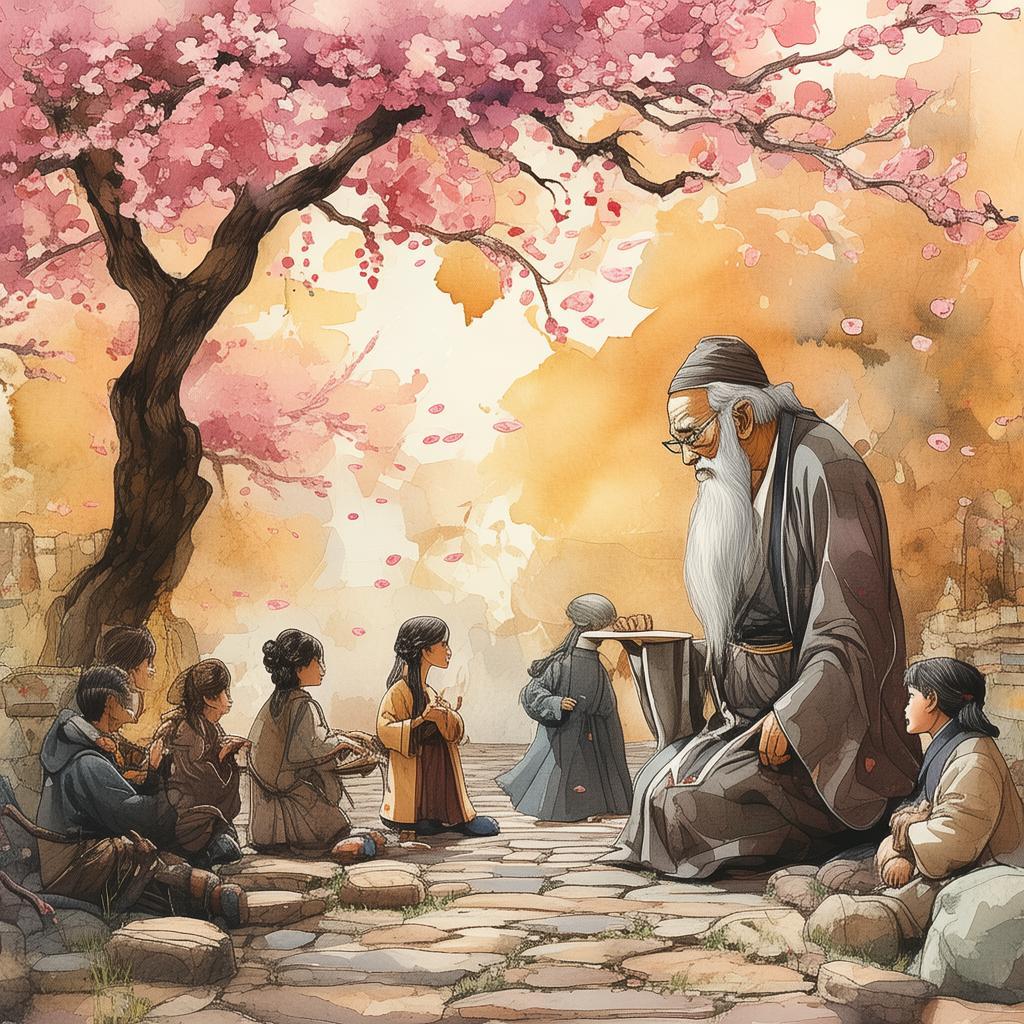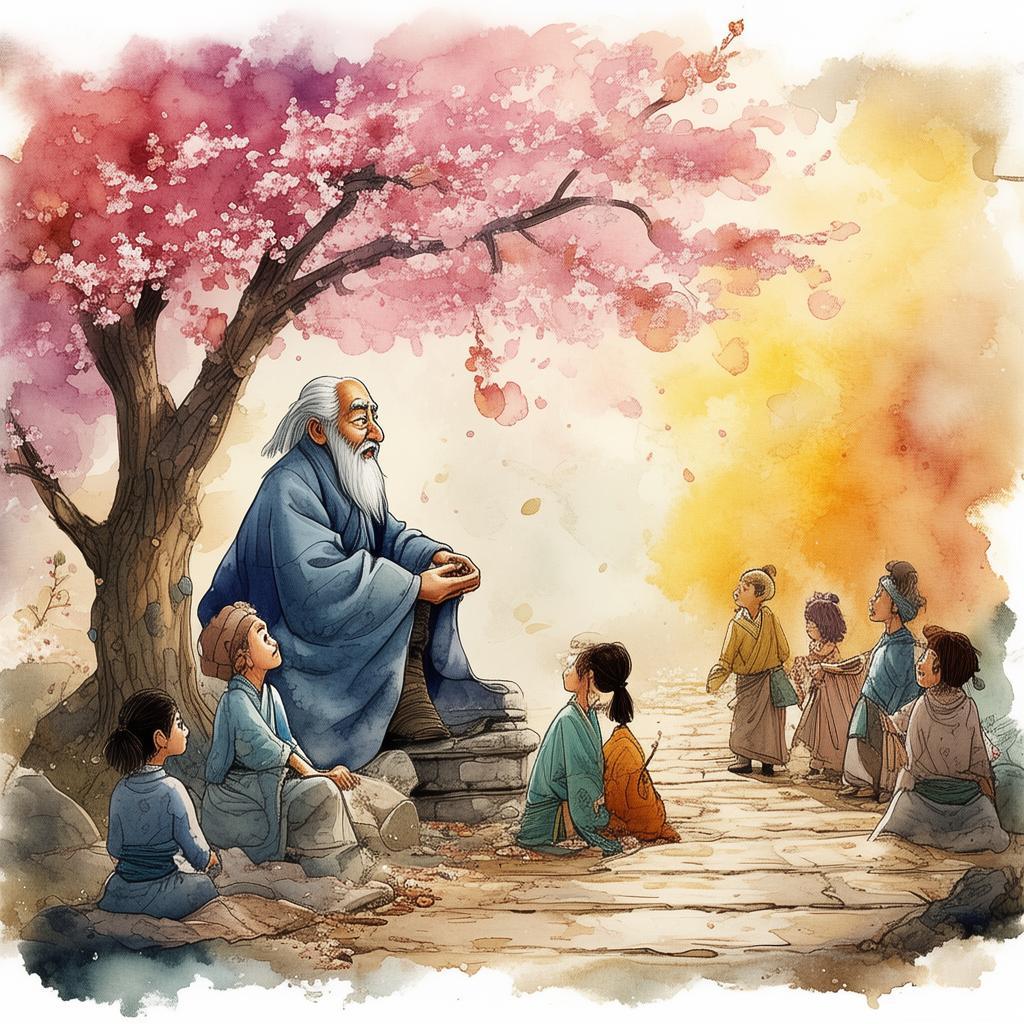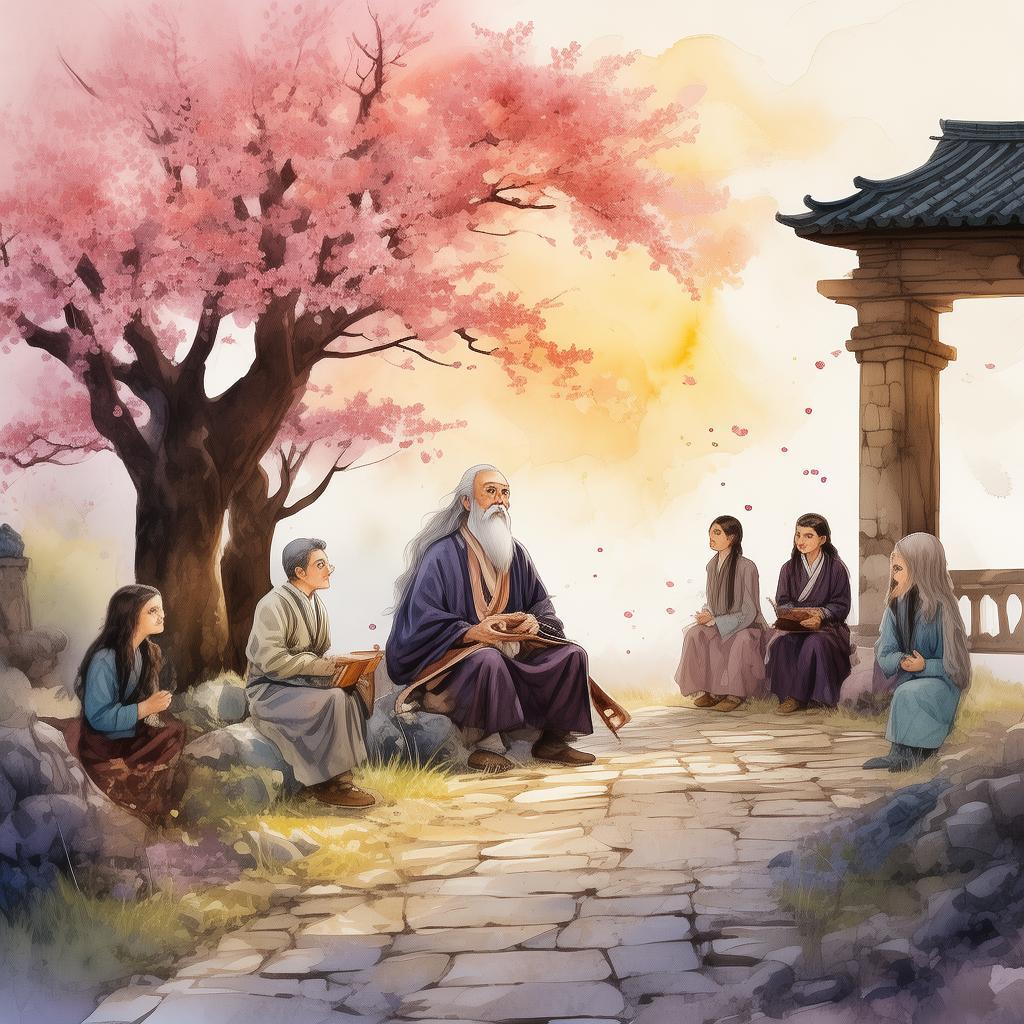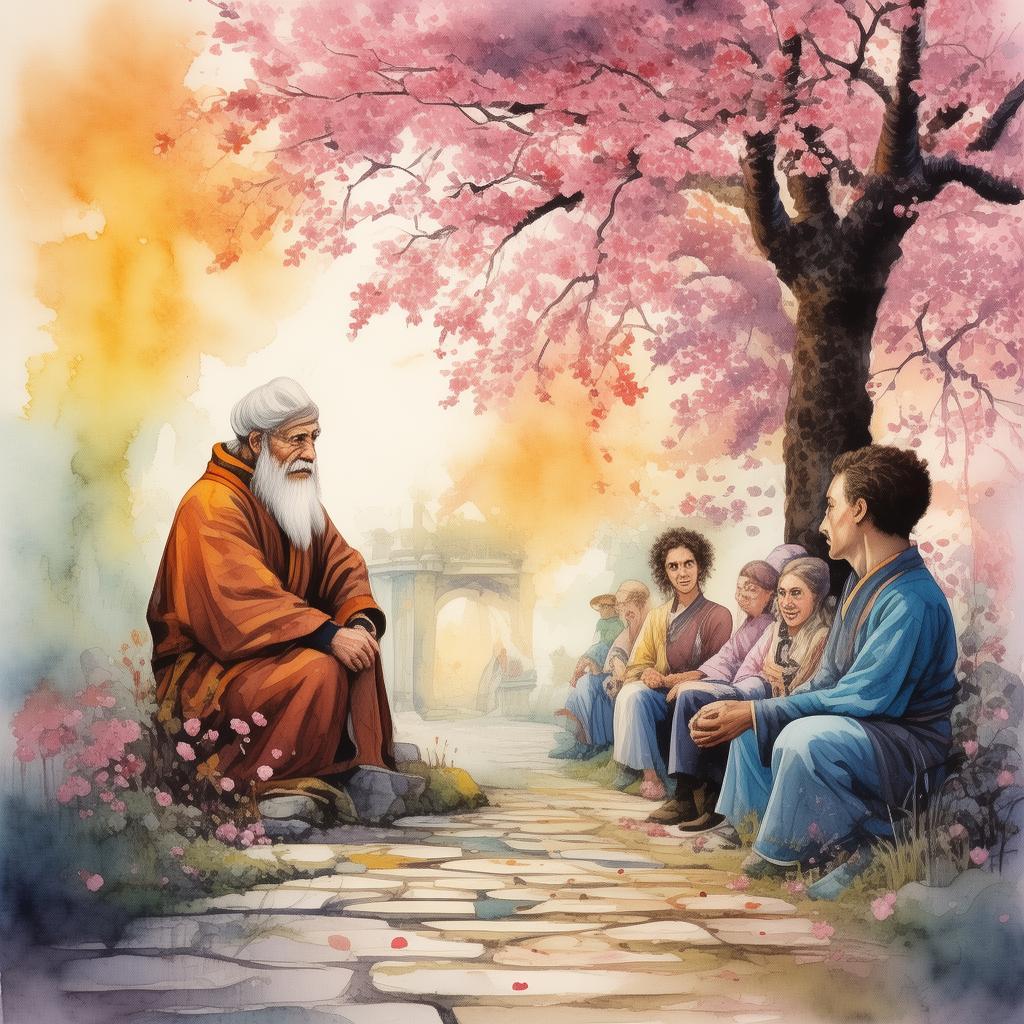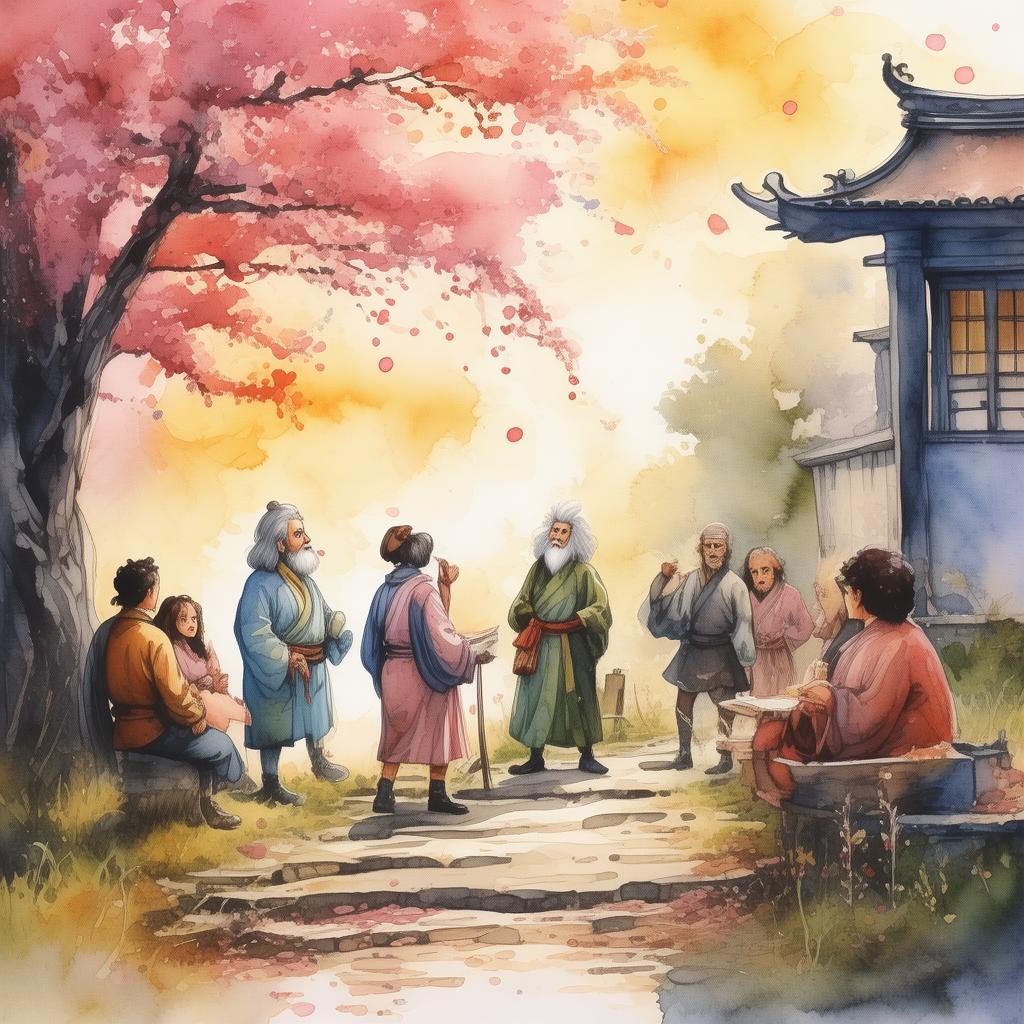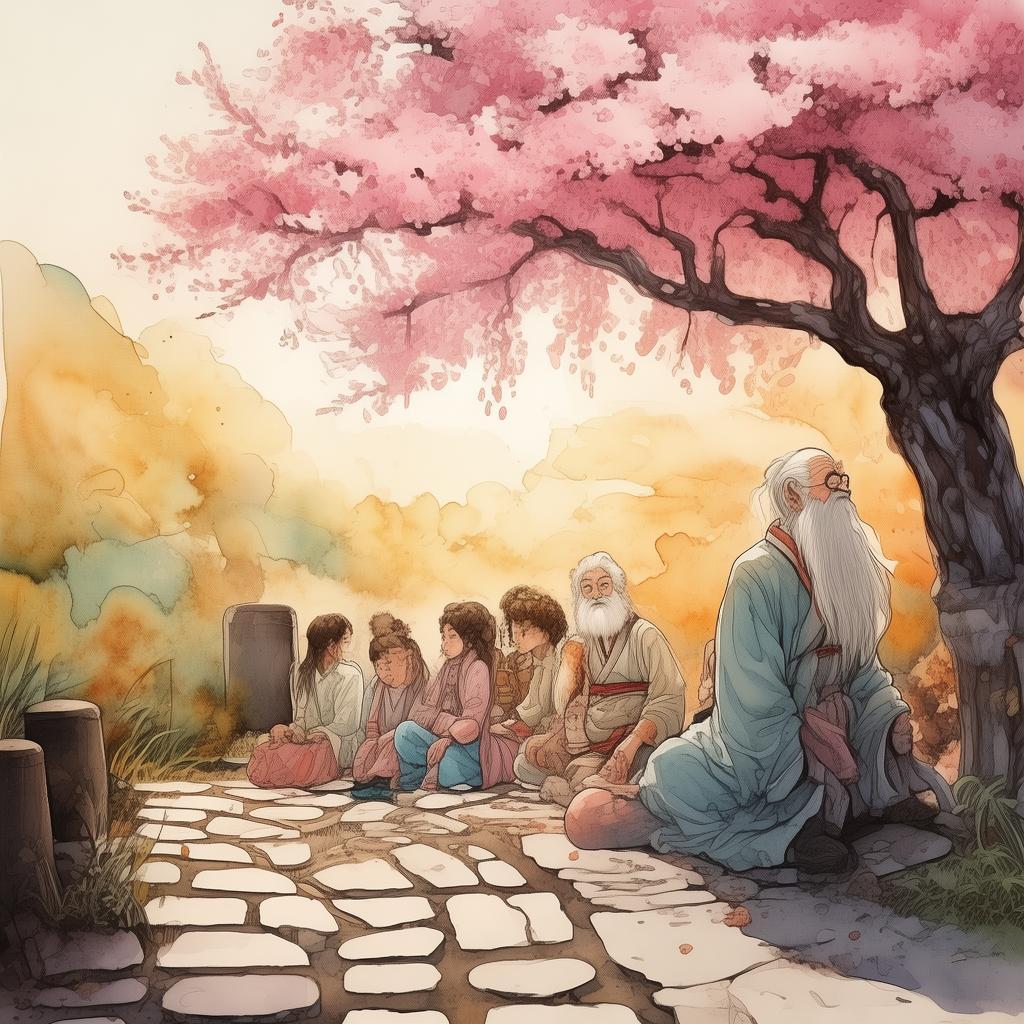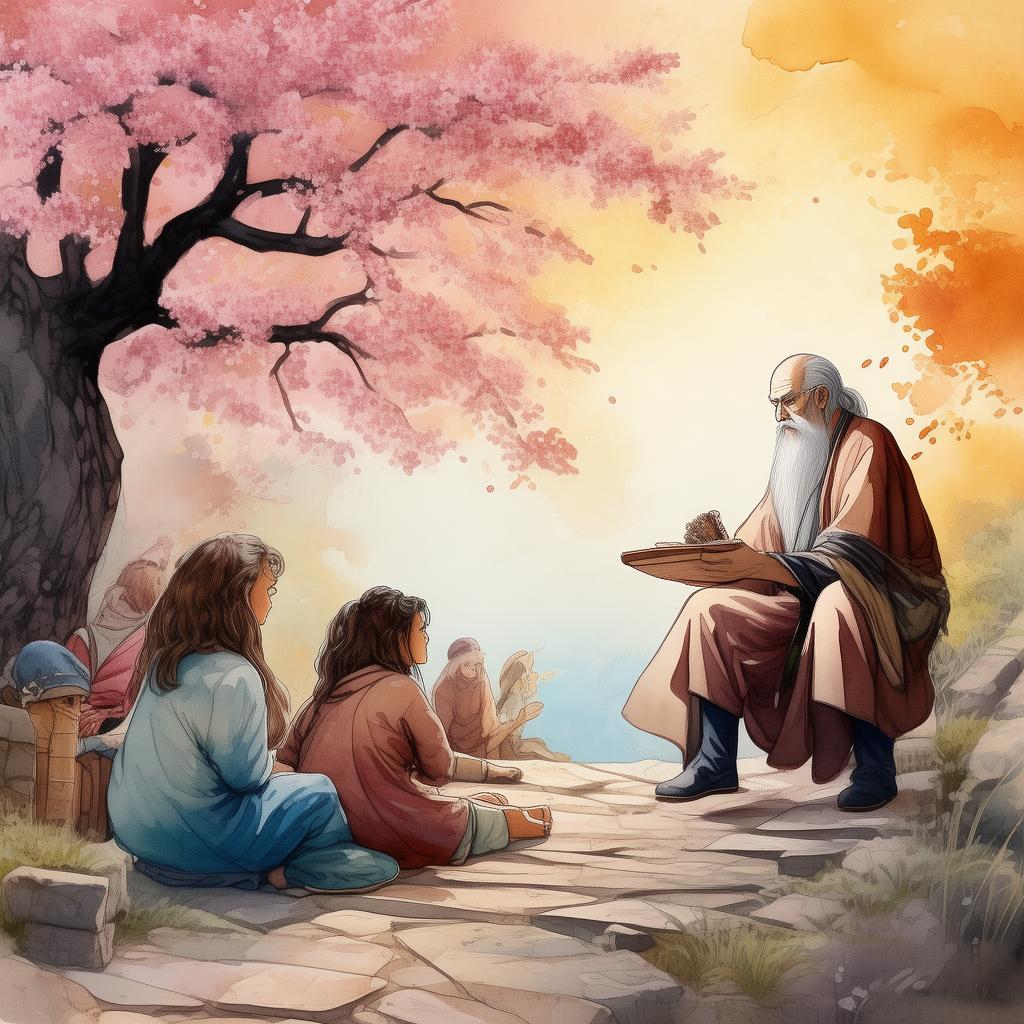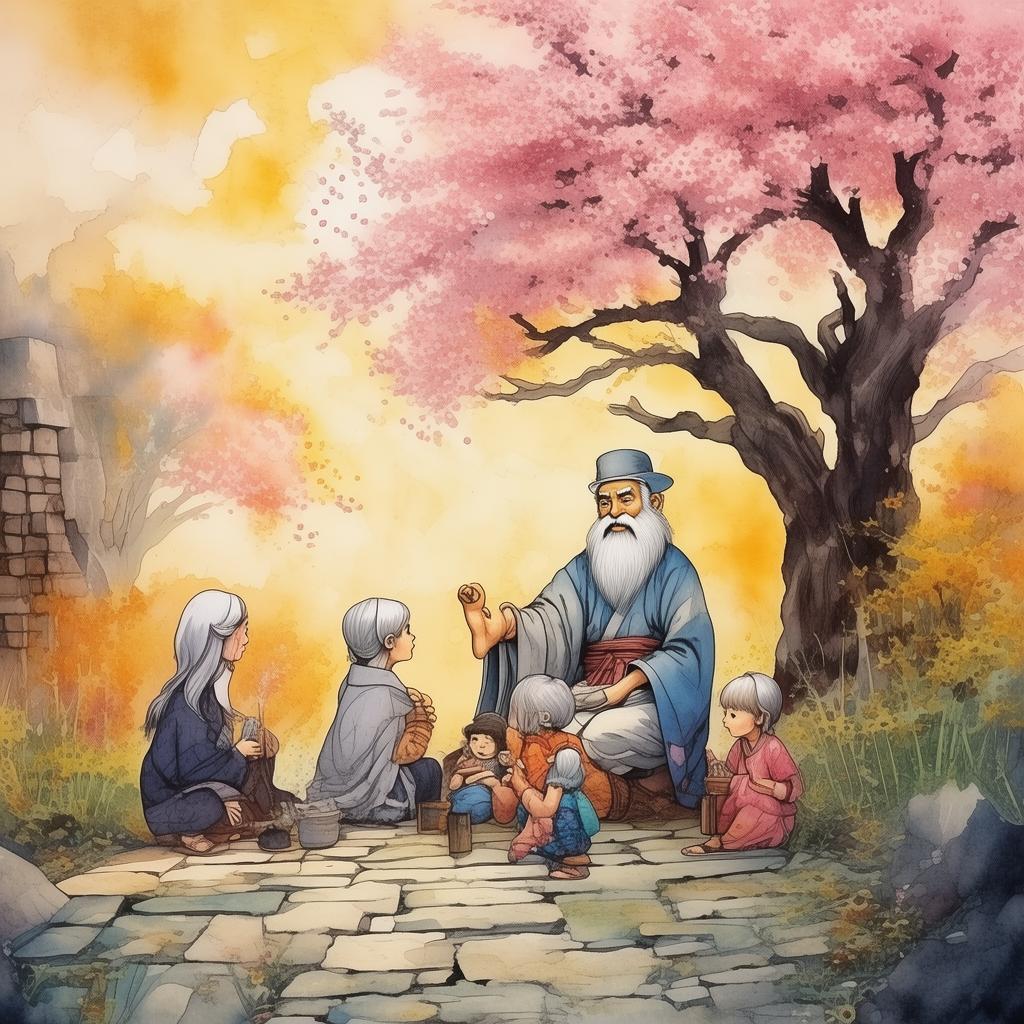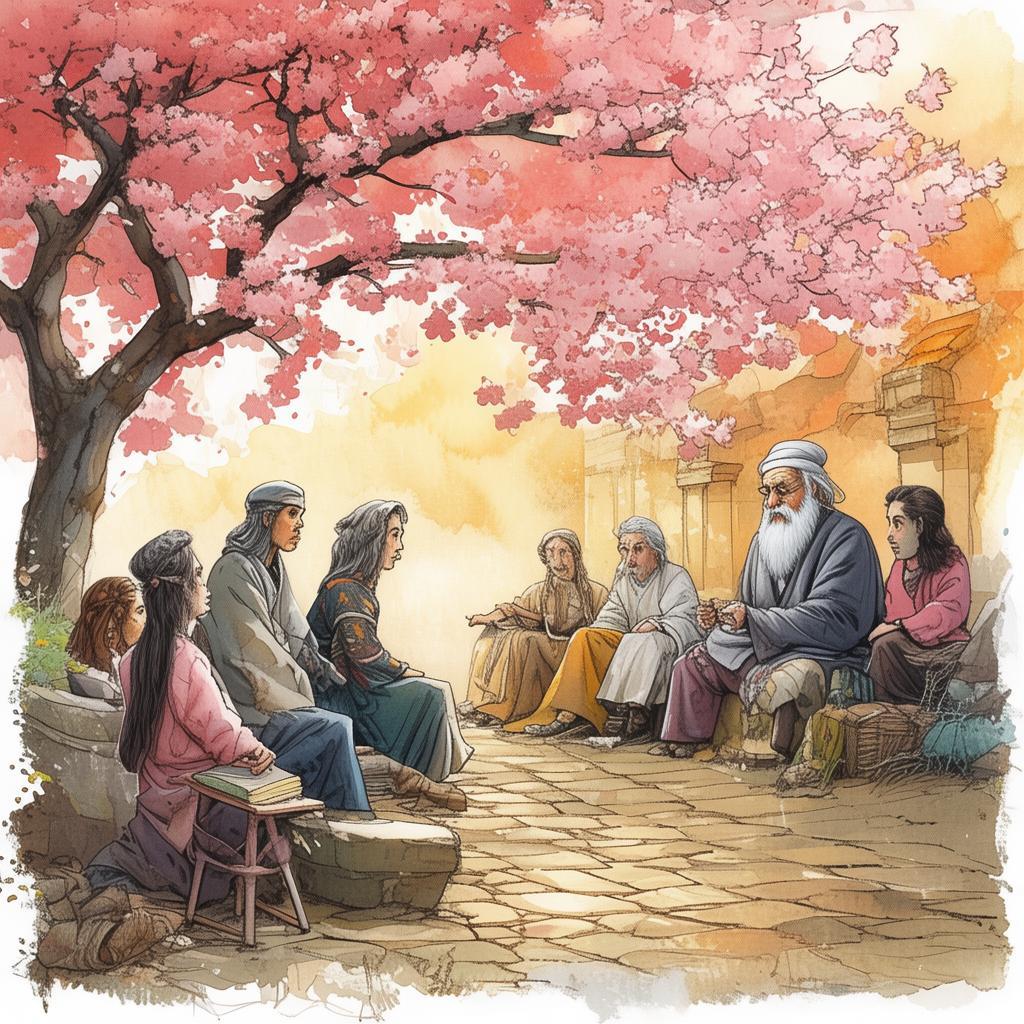The Renaissance Phoenix: Awakening the Art of Change
In the twilight of the Middle Ages, a young man named Leonardo found himself in the bustling town of Florence, Italy. The air was thick with the scent of blooming lilies and the sound of hammers on anvils. It was a time of transition, a period where the old world was being swept away by the winds of change.
Leonardo was an artist, but not in the traditional sense. His paintings were not of noble knights or grand battles, but rather of the human form, in all its imperfections and beauty. He was driven by a vision, a dream that the world could be more than it was, that art could be a catalyst for change.
The town was abuzz with talk of the impending Renaissance. The old ways of thinking, the dogma of the Church, the rigid social hierarchy—all were being questioned by a new generation of thinkers and creators. Leonardo felt the stir of this revolution in his bones, and he knew that his art must reflect this new awakening.
But change was not easy to cultivate. Leonardo's master, an old and conservative painter named Donato, disapproved of his son's unconventional approach. "Art must serve the Church," Donato would say, "and the Church serves the state. It is not for you to question the status quo."
Leonardo's heart was heavy with the weight of his master's words. Yet, he could not suppress the fire burning within him. He began to spend his nights painting in secret, using the town's grand frescoes as his canvas. His figures were no longer the static, idealized beings of the past, but living, breathing humans with emotions and flaws.
One night, as he was painting a mural depicting the Last Supper, he heard a voice. It was a young woman named Isabella, a noblewoman who had been banned from society for her heretical views. "Your art," she said, "is the voice of the people. It speaks of the human condition, of our struggles and triumphs."
Leonardo's eyes filled with tears. "But what can one man do against the might of the Church and the state?"
Isabella smiled gently. "The same thing that every revolution does: it begins with a spark. And you, Leonardo, are that spark."
Inspired by Isabella's words, Leonardo's art became bolder, more expressive. He depicted the struggles of the poor, the oppression of the masses, and the beauty of the natural world. His work began to resonate with the townspeople, who saw in his art a reflection of their own lives.
The Church, however, was not pleased. Donato, now the head of the guild, accused Leonardo of heresy. "Your paintings are an affront to God and the Church!" he shouted.
Leonardo stood tall, his face alight with determination. "I paint for God, for humanity, and for the truth. And the truth is that the old world is dying, and a new one is being born."
As the tension in the town grew, Leonardo's art became a beacon of hope. People flocked to see his murals, and his name spread far and wide. The revolution that Isabella had spoken of was not a distant dream but a reality that was unfolding before their eyes.
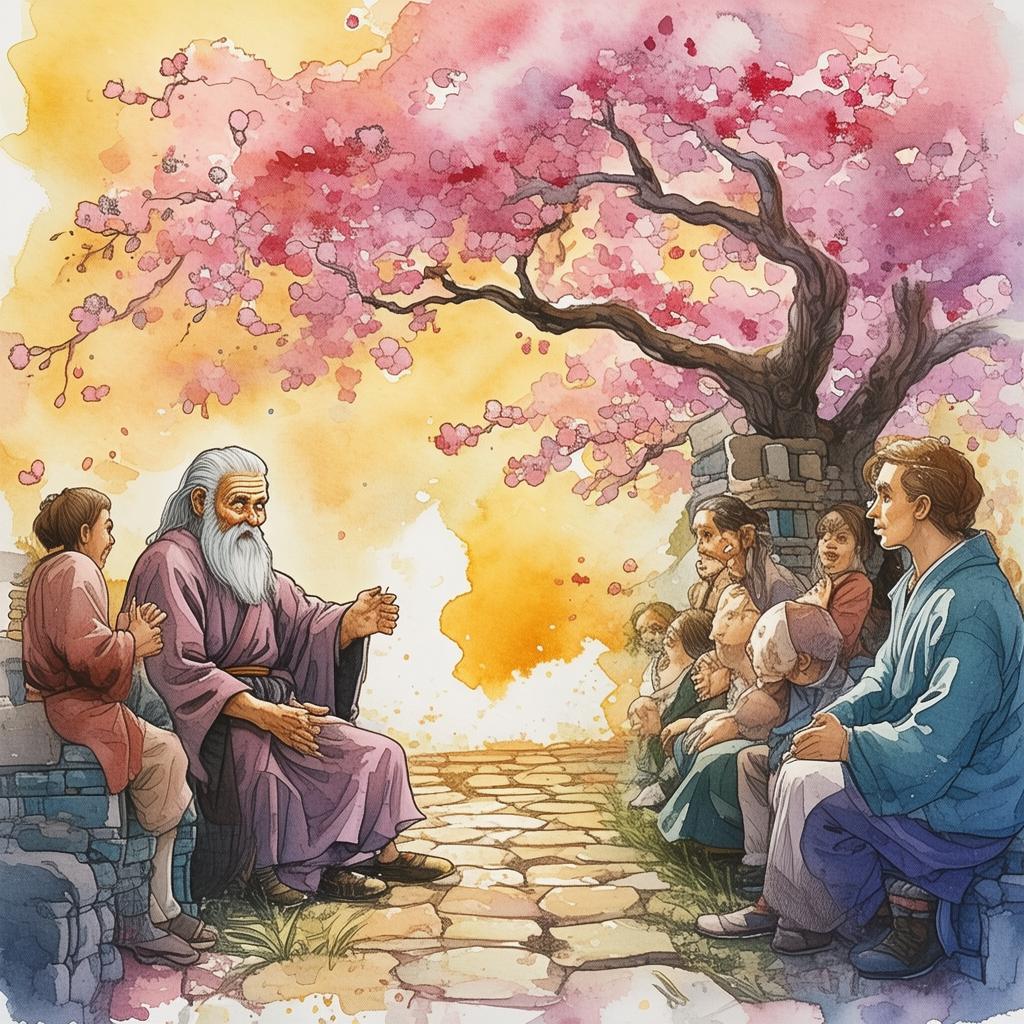
One day, as Leonardo was painting a fresco of the Creation, he felt a presence behind him. It was Isabella, her eyes filled with tears. "You have done it," she whispered. "You have awakened the Renaissance."
Leonardo turned, his heart swelling with pride. "It is not just me," he said. "It is all of us, working together to cultivate change in the wake of creation."
And so, the Renaissance was born, a time of great art, great thought, and great change. Leonardo's name became synonymous with the movement, his art a testament to the power of one man's vision and the collective spirit of a people.
In the end, Leonardo's journey was not just about art; it was about the courage to challenge the status quo, to cultivate change, and to awaken the phoenix from the ashes of the old world. His legacy lived on, inspiring generations to come to create, to innovate, and to change the world for the better.
The Renaissance Phoenix: Awakening the Art of Change tells the story of a young artist's journey to cultivate change and redefine the essence of art and humanity in a time of great transition.
✨ Original Statement ✨
All articles published on this website (including but not limited to text, images, videos, and other content) are original or authorized for reposting and are protected by relevant laws. Without the explicit written permission of this website, no individual or organization may copy, modify, repost, or use the content for commercial purposes.
If you need to quote or cooperate, please contact this site for authorization. We reserve the right to pursue legal responsibility for any unauthorized use.
Hereby declared.
